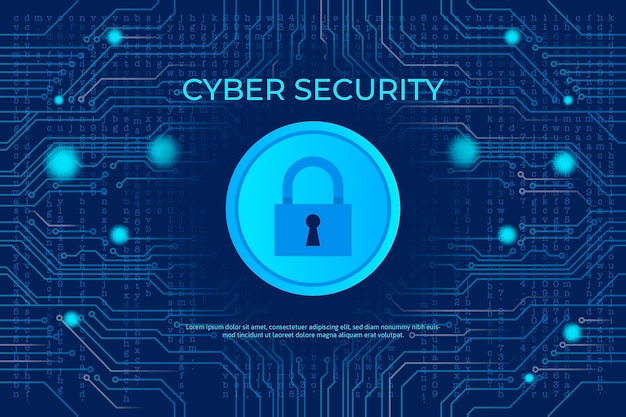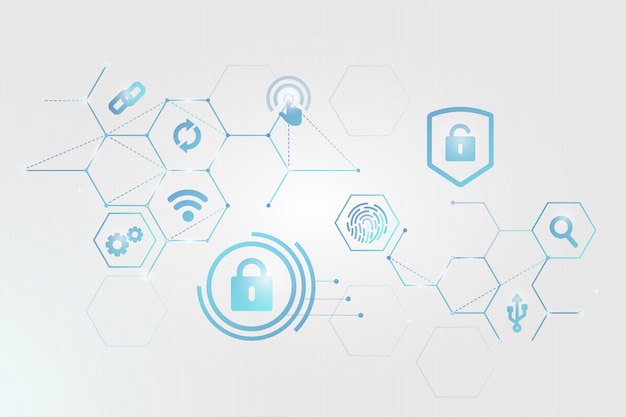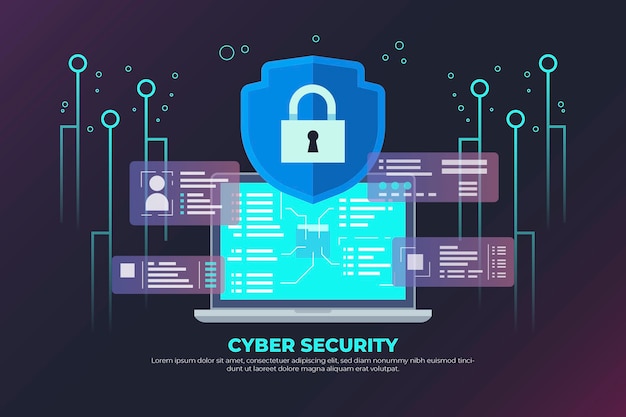In today’s digital world, cyber threats are more sophisticated and widespread than ever. From individuals to large organizations, everyone is a potential target. Understanding these threats—and knowing how to defend against them—is essential. This blog explores the top three cyber threats and how targeted training can help prevent attacks and strengthen cybersecurity.
1. Phishing Attacks
Phishing is one of the most common and dangerous cyber threats. Attackers use deceptive emails, messages, or websites to trick users into revealing sensitive information like login credentials or financial data.
Real-World Example:
During the COVID-19 pandemic in 2020, phishing attacks surged. Cybercriminals impersonated trusted organizations like the World Health Organization, sending emails with malicious links or attachments designed to steal personal data or install malware.
How Training Helps:
- Phishing Awareness: Training helps users recognize suspicious emails—such as poor grammar, unusual sender addresses, or urgent requests for sensitive info.
- Simulated Phishing Exercises: Controlled simulations teach users how to spot and report phishing attempts in real-time.
- Safe Email Practices: Training encourages verifying email authenticity before clicking links or downloading attachments.
2. Ransomware Attacks
Ransomware is malware that encrypts a victim’s data and demands payment for its release. These attacks can cripple businesses, causing financial loss and reputational damage.
Real-World Example:
The 2017 WannaCry ransomware attack affected over 200,000 systems across 150 countries, including the UK’s National Health Service. It exploited a Windows vulnerability and demanded Bitcoin payments to unlock encrypted files.
How Training Helps:
- Understanding Ransomware: Training explains how ransomware spreads—often through malicious attachments or compromised websites.
- Data Backup Practices: Employees learn to implement regular, secure backups to minimize data loss.
- Incident Response Plans: Training includes steps for isolating infected systems, notifying IT teams, and communicating with stakeholders.
3. Insider Threats
Insider threats come from individuals within an organization—either malicious actors or careless employees—who misuse access to sensitive data.
Real-World Example:
In 2013, Edward Snowden, a contractor for the NSA, leaked classified information about U.S. surveillance programs. His actions exposed the risks of insider threats and highlighted the need for access control and monitoring.
How Training Helps:
- Identifying Red Flags: Training helps staff recognize unusual behavior or access patterns that may indicate insider threats.
- Access Control Education: Employees learn the importance of role-based access and regular permission reviews.
- Security Culture: Training fosters a workplace culture where employees understand the value of protecting data and feel empowered to report suspicious activity.
Conclusion
Cyber threats like phishing, ransomware, and insider attacks are growing in frequency and complexity. The best defense is proactive education. Cybersecurity training equips individuals and organizations with the knowledge and skills to detect, prevent, and respond to threats effectively.
By investing in training programs that include simulations, safe practices, and incident response planning, you can build a resilient cybersecurity posture and protect your digital assets.




